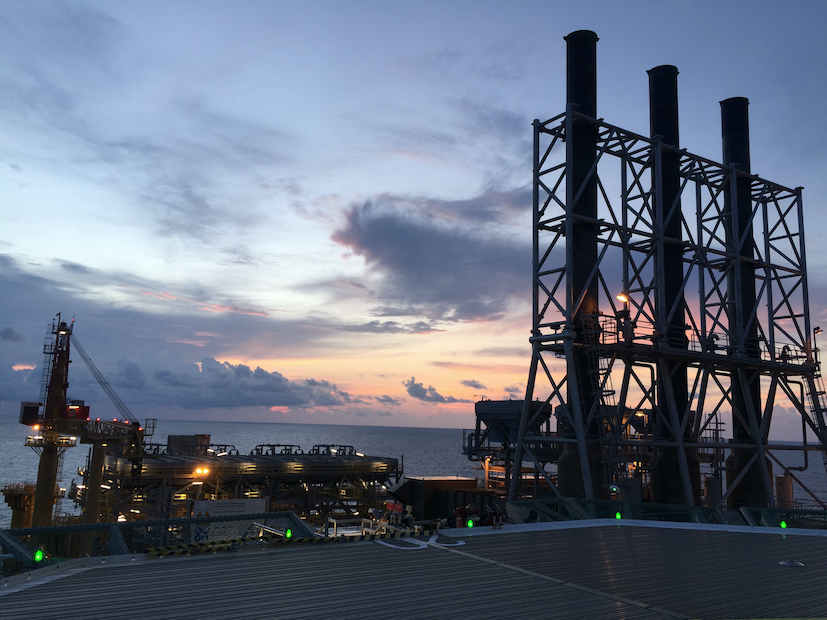Fitch Solutions: PH NatGas Future Uncertain with Malampaya Depletion
- February 17, 2023
- 0

The country’s reliance on local natural gas output may soon come to an end with the expected depletion of the Malampaya Gas Field by 2024, a report by Fitch Solutions said.
In its analysis, Fitch Solutions said that the country’s capability of producing gas in the near-to-medium term remains uncertain despite plans to scale up exploration activities.
It added that “unless gas can be produced from domestic sources, the Philippines will need to rely exclusively on imported liquefied natural gas going forward.”
Fitch Solutions added that “none of the power producers have secured long-term supply agreements,” which may fully expose the country to spot prices. The country would need to ramp up its LNG imports for long-term supply security, “but the levels of imports will be dependent on its ability and willingness to pay for LNG.”
The country currently has seven LNG-receiving terminal projects approved by the Department of Energy (DOE).
The other LNG projects include those from First Gen Corp., Luzon LNG Terminal, Inc., Energy World Gas Operations Philippines, Inc., Shell Energy Philippines, Inc., and Vires Energy Corp.
Fitch Solutions also warned that the government’s expanding the share of renewable energy in the generation mix could pose risks to the natural gas consumption of the sector.
It said that while the outlook for gas consumption remains bullish in both reference and clean energy scenario (CES), there are “downside risks to gas consumption should the government choose to pursue RE under the CES scenario rather than natural gas.”
The Fitch Solution report indicated that around nine million tons per annum are needed to power the 12 gas-fired power plants when the Malampaya closes down. Five of these plants, with a combined capacity of 3,453 megawatts (MW), are supplied by the gas field.